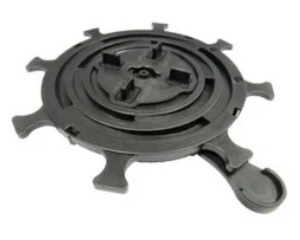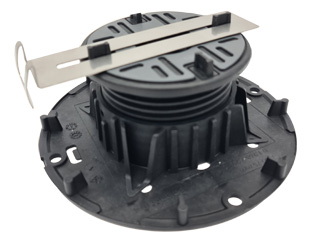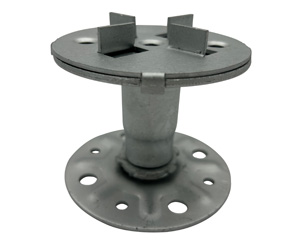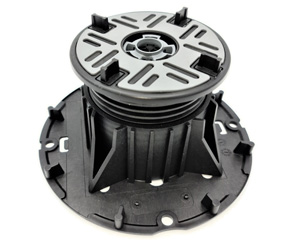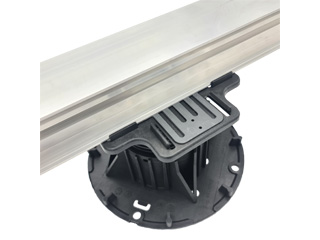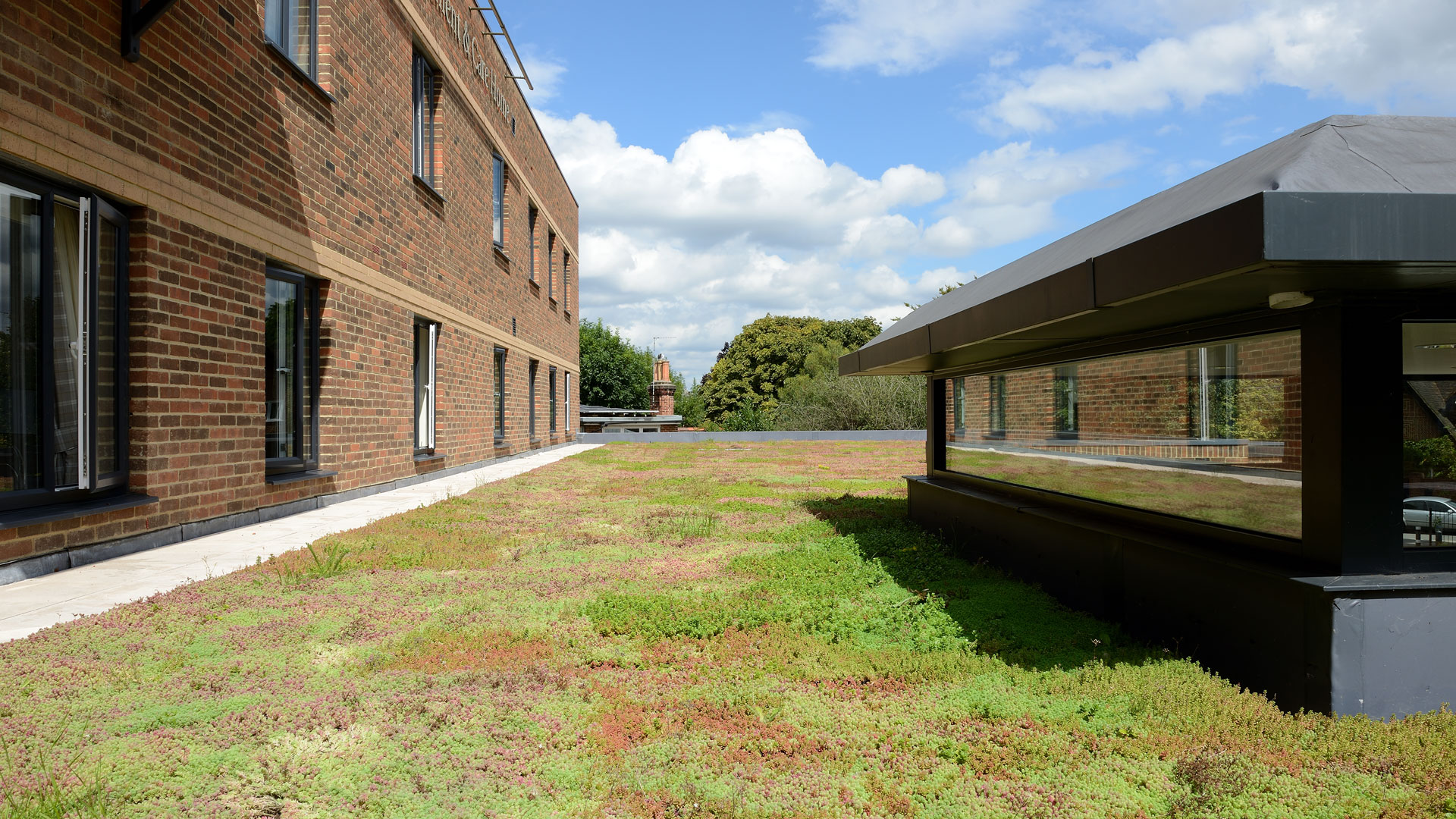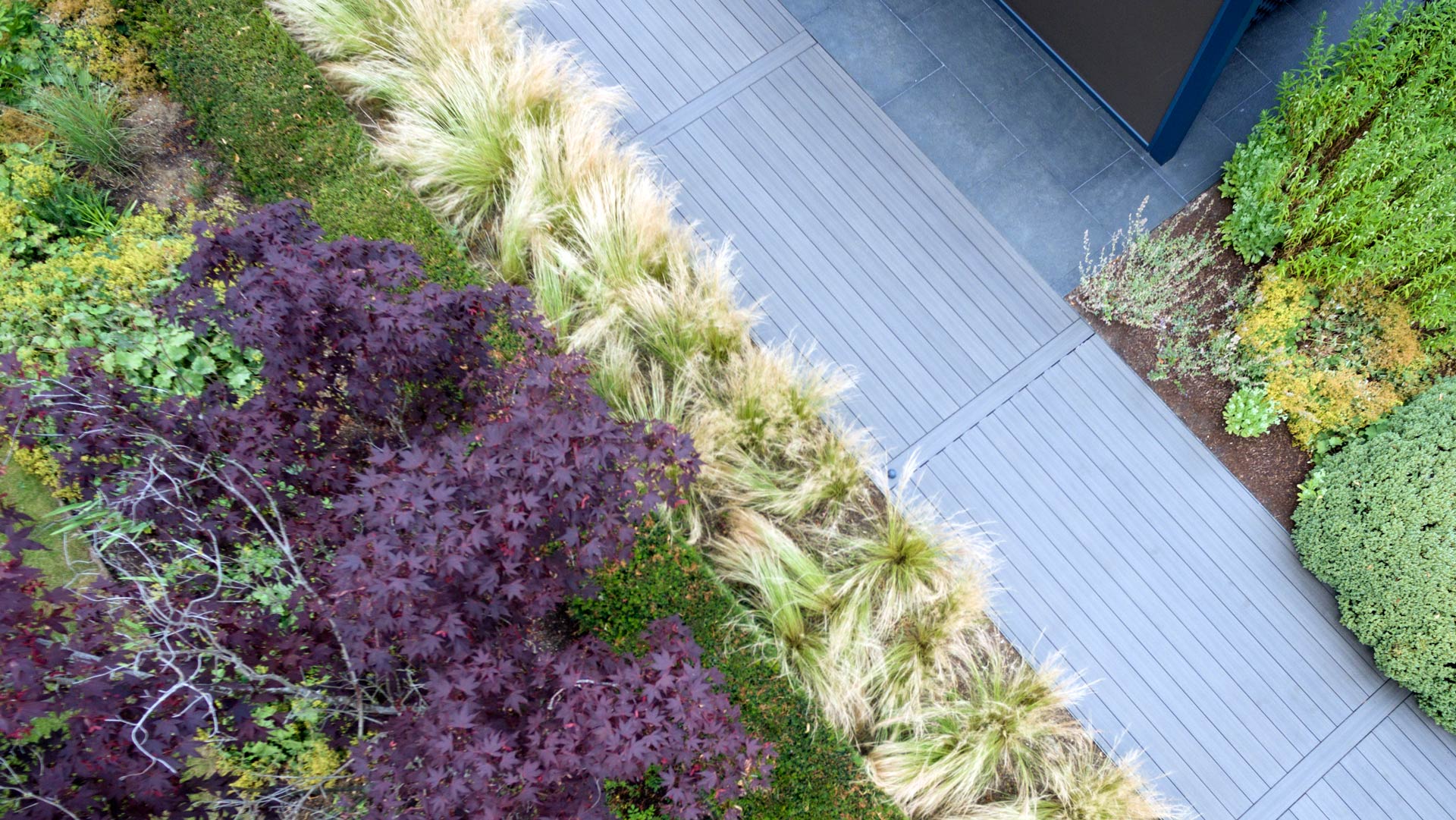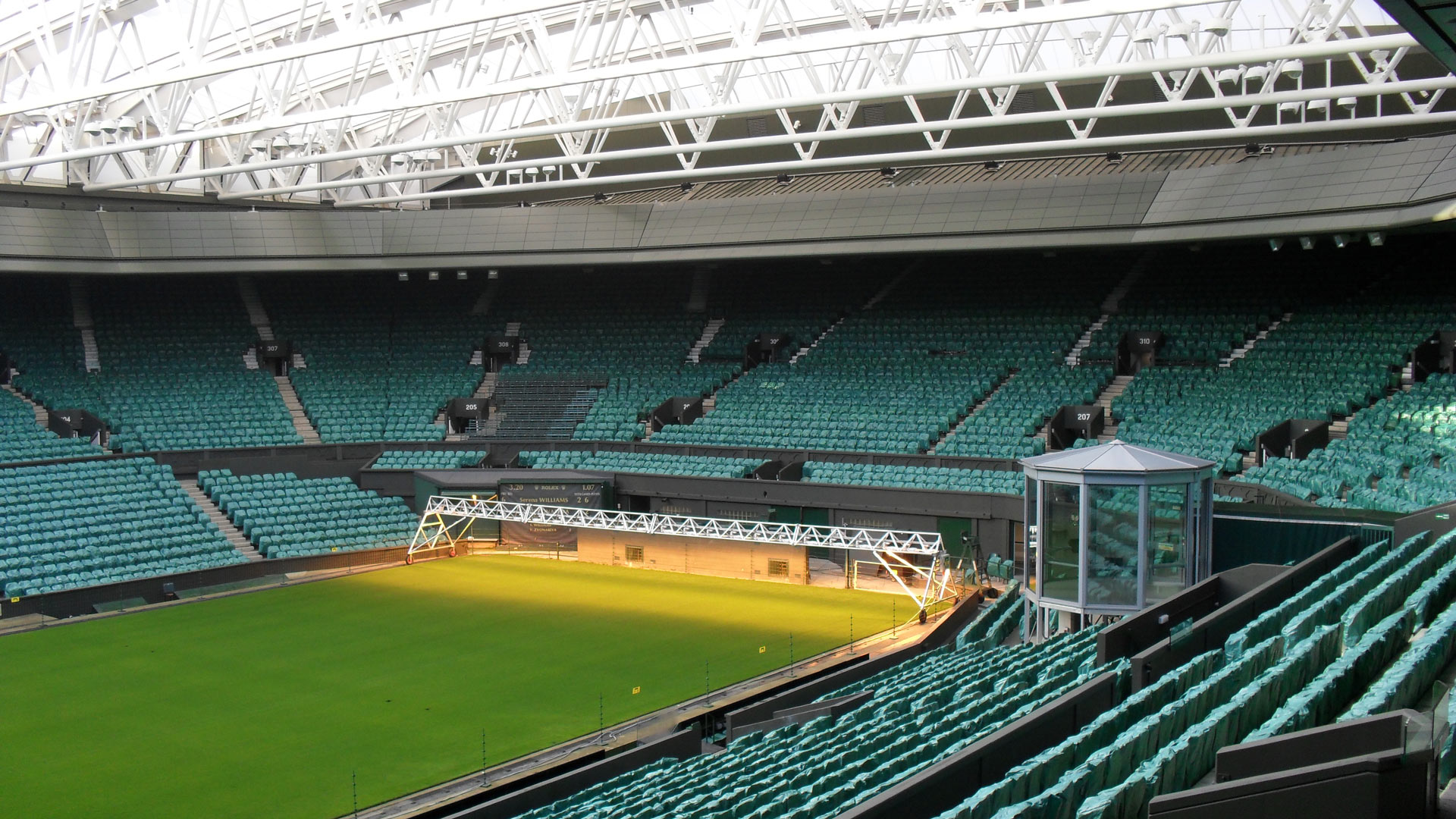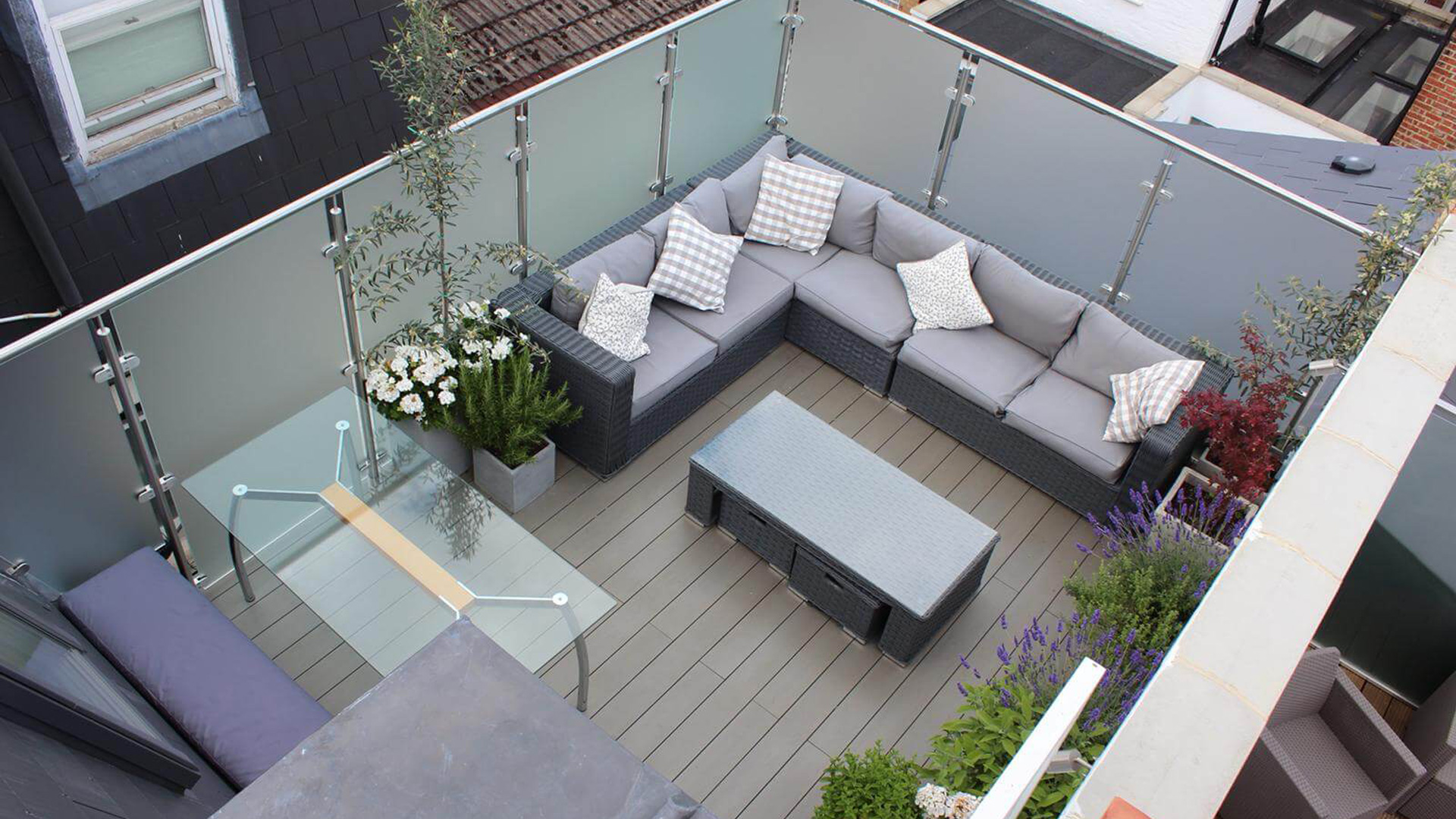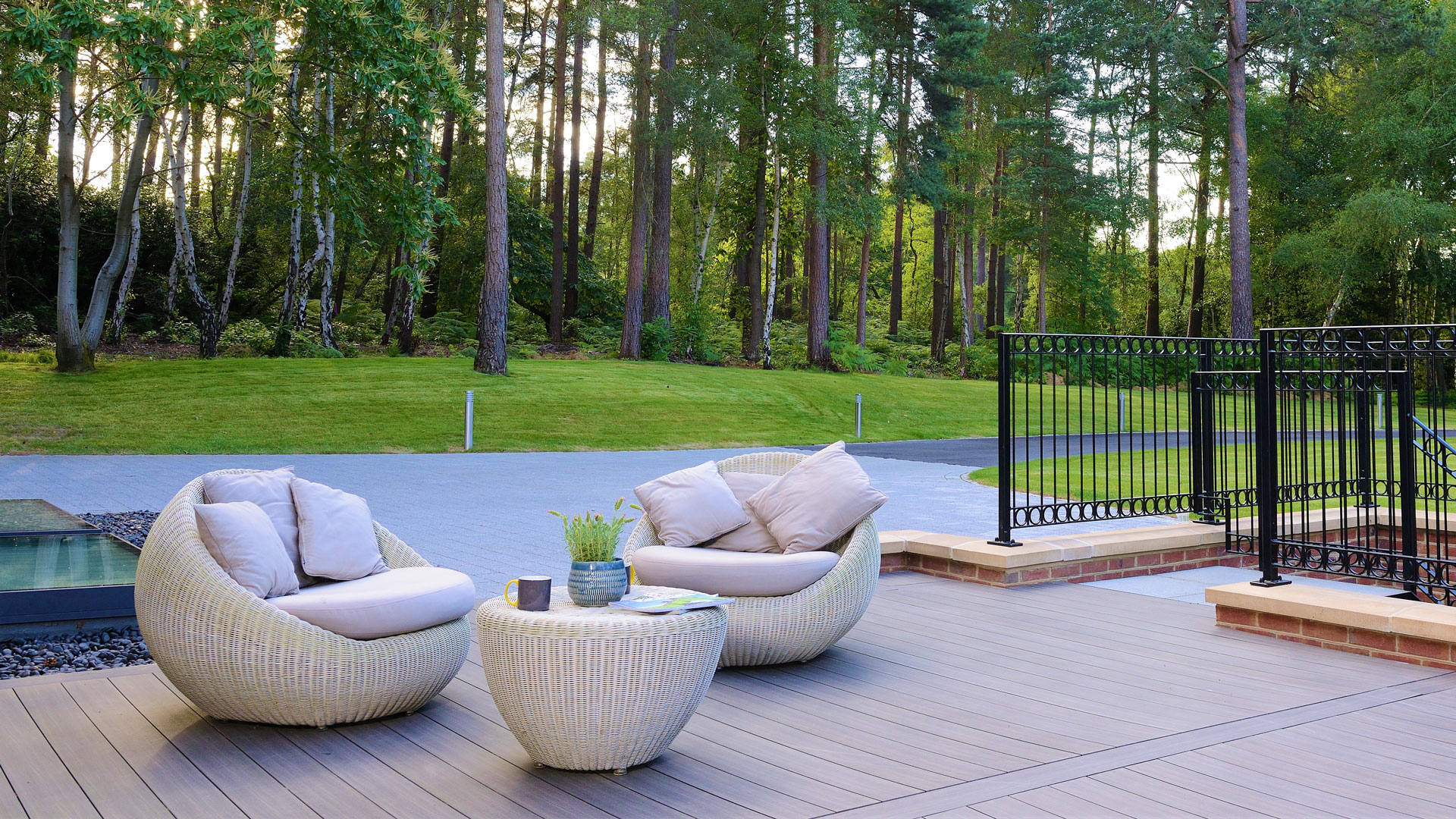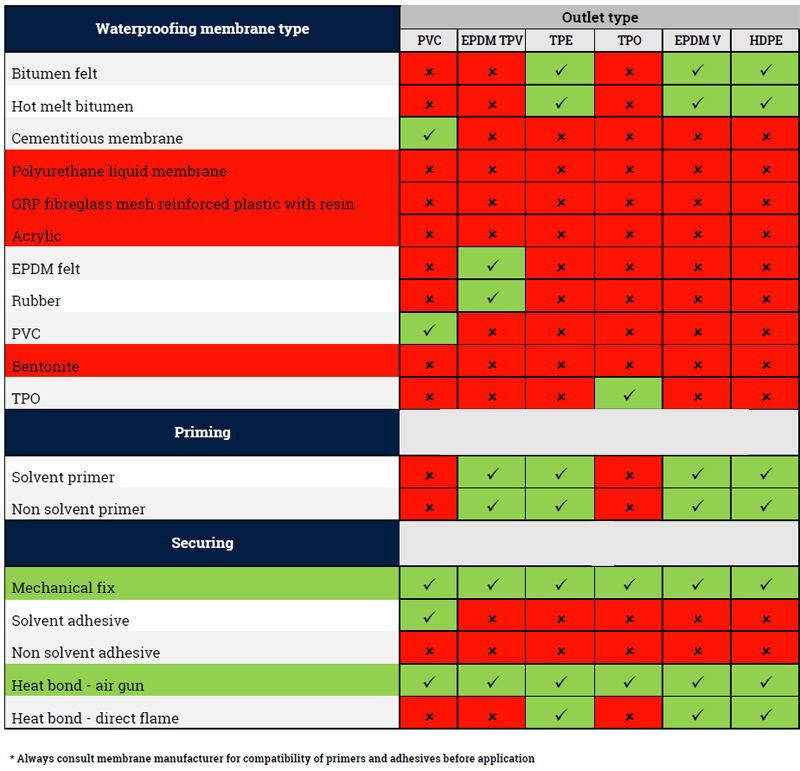An urban heat island, or UHI, is a metropolitan area which is much warmer than the surrounding rural areas.
“The annual mean air temperature of a city with 1 million people or more can be 1.8–5.4°F (1–3°C) warmer than its surroundings. In the evening, the difference can be as high as 22°F (12°C). Heat islands can affect communities by increasing summertime peak energy demand, air conditioning costs, air pollution and greenhouse gas emissions, heat-related illness and mortality, and water pollution.”
Where does the heat come from?
Heat is generated by energy from all the people, cars, buses, and trains in big cities like London, Paris and New York. Urban heat islands are typically then created as a by-product of this in areas that have lots of activity and lots of people.
There a variety of different reasons why UHIs come into effect. For example, when houses, shops, and industrial buildings are built close together, it can create a UHI. Building materials are usually very good at insulating, or holding in heat. However, because of the insulation, the areas around the buildings become warmer.
Contributing factors
“Waste heat” also contributes to a UHI. People and their tools, such as cars and factories, are always burning off energy, whether they’re jogging, driving, or just living their day-to-day lives. The energy people burn off usually escapes in the form of heat. And if there are many people in one area, a lot of heat will be created.
Urban areas are densely populated, meaning there are a lot of people in a small space. Urban areas are also densely constructed, meaning buildings are constructed very close together. When there is no more room for an urban area to expand, engineers build upward, creating skyscrapers. All this construction means waste heat—and heat that escapes insulation has nowhere to go. It lingers in and between buildings in the UHI.
Nighttime temperatures
Nighttime temperatures in UHIs remain high. This is because buildings, pavements, and car parks block the heat coming from the ground from rising into the cold night sky. Because the heat is trapped on lower levels, the temperature is warmer.
Urban heat islands can have worse air and water quality than their rural neighbours. UHIs often have lower air quality because there are more pollutants (waste products from vehicles, industry, and people) being pumped into the air. These pollutants are blocked from scattering and becoming less toxic by the urban landscape: buildings, roads, sidewalks, and parking lots.
Detrimental effect on water quality
Water quality also suffers. When warm water from the UHI ends up flowing into local streams, it stresses the native species that have adapted to life in a cooler aquatic environment.
Scientists are studying how urban heat islands might contribute to global warming, the most recent climate change pattern that includes the gradual warming of the Earth’s temperature.
For more on Urban Heat Island effect, please click here
How Wallbarn Can Help?
The installation of green roofs to a UHI has been proven to help offer a way to combat the effects.
Our M-Tray® has been specifically designed to make sedum roof installation quick and easy – with minimum disruption to the plants and the structure they are going onto – and to provide a seamless, verdant finish – an instant and sustainable green roof.
The benefits of constructing a green roof include:
- Improving the local environment by providing wildlife habitats
- Absorbing CO2, pollution and particulates from the atmosphere
- Improving sound and vibration insulation
- Improving thermal insulation
- Reducing the amount and speed of rainwater run-off by around 50% and forming part of a SUDS design
- Reducing the “heat island” effect in built-up areas and helping to improve air quality and environment
- Protecting the structure and waterproofing membrane from:
- UV light and heat from the sun
- impact and abrasion
- environmental elements including extremes of temperature
- plant and bird infestation
- Ballasting inverted waterproofing systems
- Optimising the structural footprint by:
- Increasing space – providing new and attractive natural amenity areas
- Adding floor space in often high-density developments
- Adding focal points
- Decreasing energy costs
- Increasing the value of the development
- Properties with green roofs sell/rent faster rate than naked buildings
- Making the planning process easier
- Money-saving
